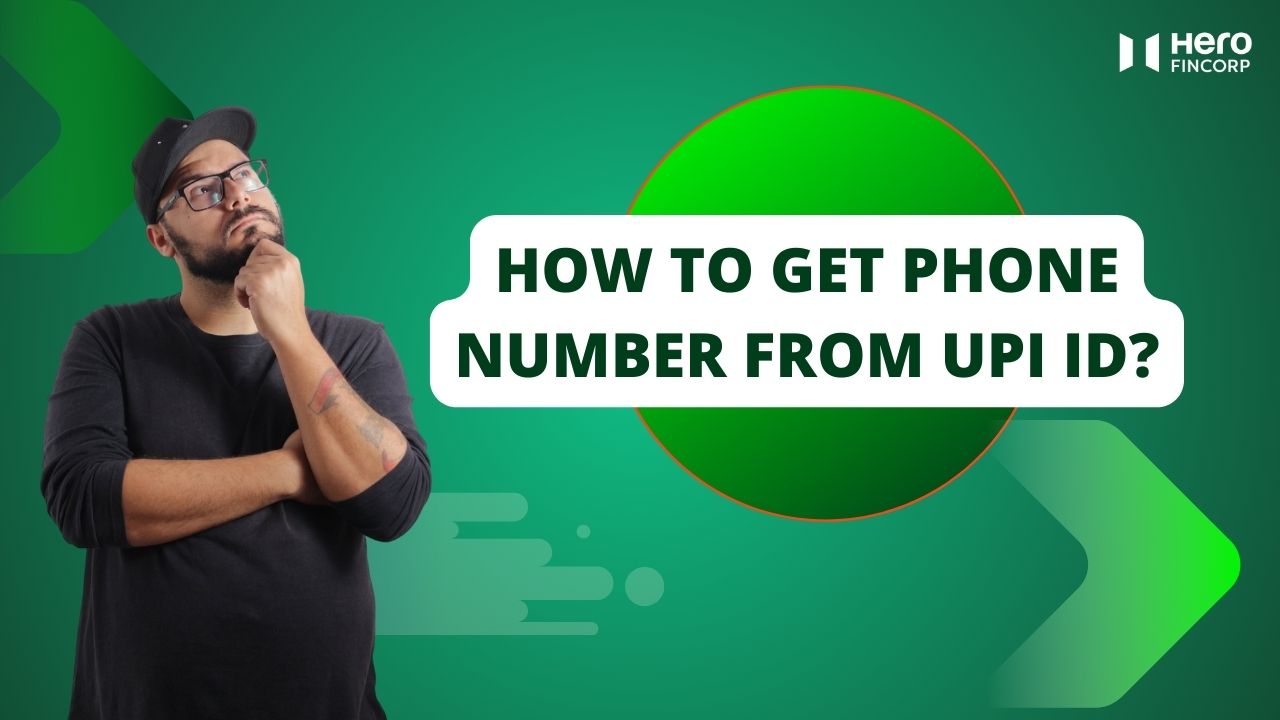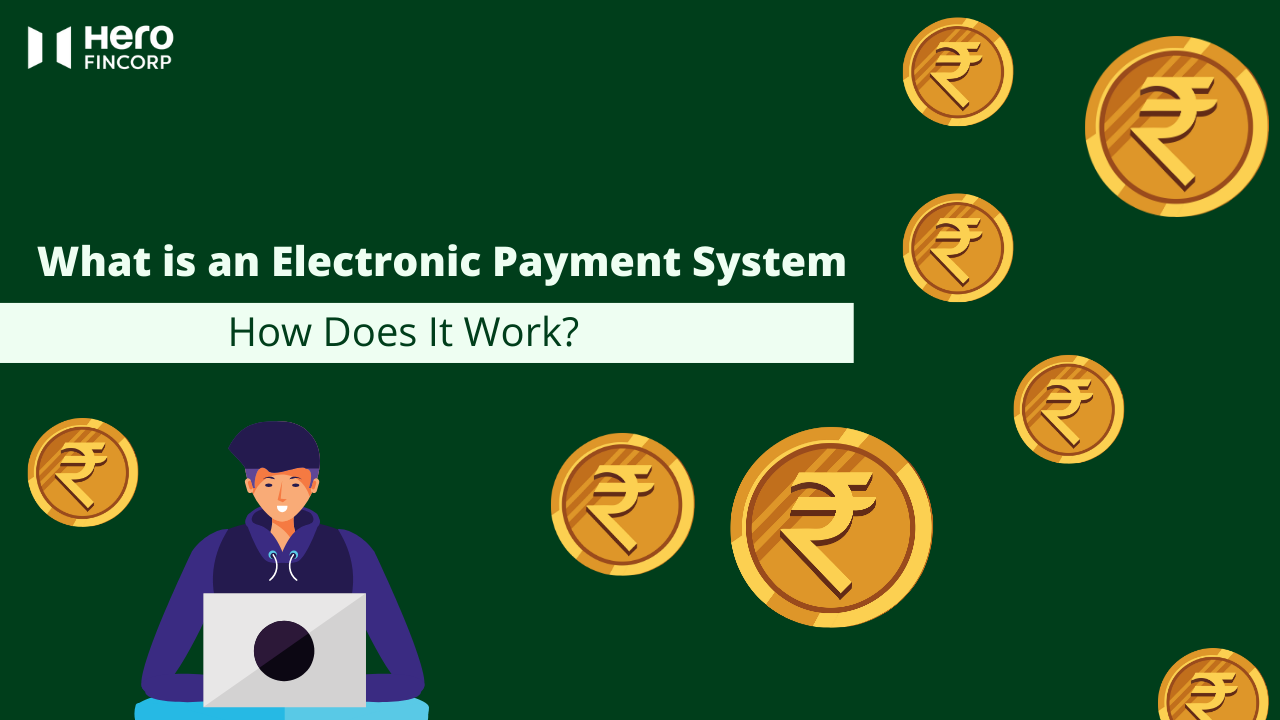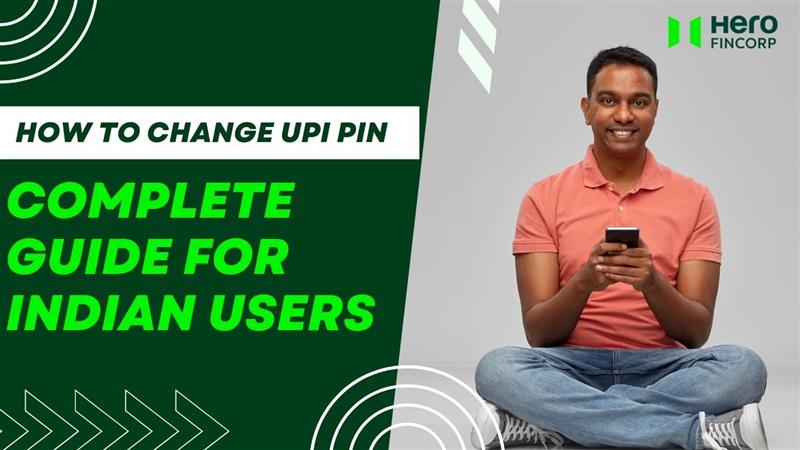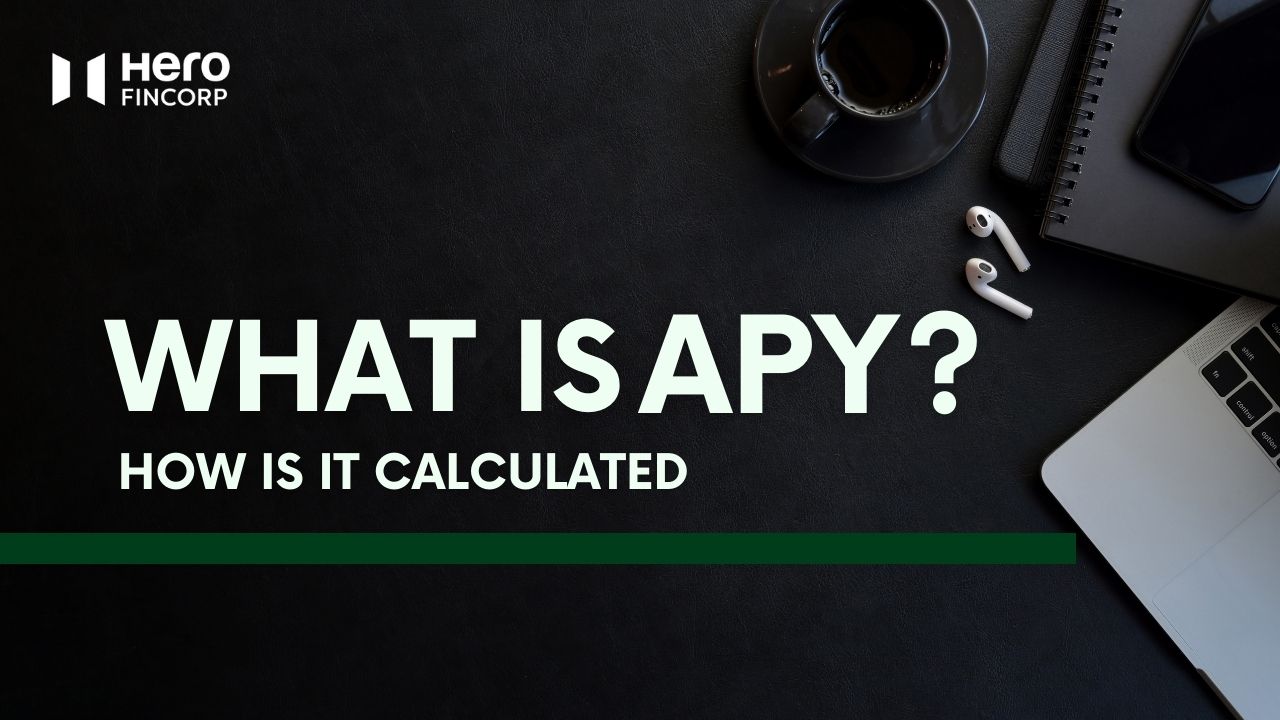Apply for loan on HIPL app available on Google PlayStore and App Store - Download Now
About Author
Ashavmedh Singh is a Digital Product Management Expert with over 12 years of experience, with proficiency in strategy, product development, and innovation. He has a proven track record of conceptualising, developing, and scaling diverse products across industries, guiding them from inception to strong market presence.
Blog By Author

Will you achieve financial security by 30?
Your saving and planning habits will decide the answer. You must make choices that contribute to your long-term goals. You should find out where your money goes and make smart choices accordingly. This helps save enough to be financially secure by the time you reach 30.

We trust UPI for everything today, from QR scans to monthly bill payments. So, when you spot a strange transaction or send money to the wrong person, your heart skips a beat.

Asha wants a house, and Vikram wants a vehicle. Both need loans, but learn the hard way that one loan will not cover every need. Asha needs a long-term loan secured by property, while Vikram needs a loan collateralised by a vehicle.

Today, one can hardly imagine life without electronic payment solutions. Whether you are paying bills online, transferring money to family members, or shopping at your favourite retail store, EPS is everywhere.

Anushree needed to make an urgent payment to a vendor. The vendor said, “You can send it via IMPS or UPI, whichever suits you.” Anushree paused. Until that moment, she thought IMPS and UPI were the same thing. Clearly not. Both help you transfer money instantly, but in very different ways.

If you use digital payments every day, you already know how fast India is moving toward a cashless life. But there is one small detail that still confuses many people: what is a UPI ID, and why do apps keep asking for it?
Think of all the times you paid at a local kirana store, split a dinner bill, or sent funds home. Behind every tap lies a simple digital address that keeps your money flowing safely. Once you understand it, UPI starts feeling effortless.

Last Sunday, Meera tried to split a dinner bill with her friends and suddenly realised she couldn’t recall her UPI PIN. That same evening, her cousin Rohit changed his PIN after spotting a couple of unusual login alerts on his banking app.
Two very ordinary moments, yet both highlight how important that code really is.

Ravi opened a fixed-deposit savings account last week. His friend Priya added money to hers around the same time. Both put in ₹1,00,000, but with two different banks.

UPI has become the mainstay of all transactions in the country. So much so that a lot of people have even stopped carrying physical money with them. That said, as is the case with all technology, no matter how good, sometimes things go wrong, and UPI is no different.
